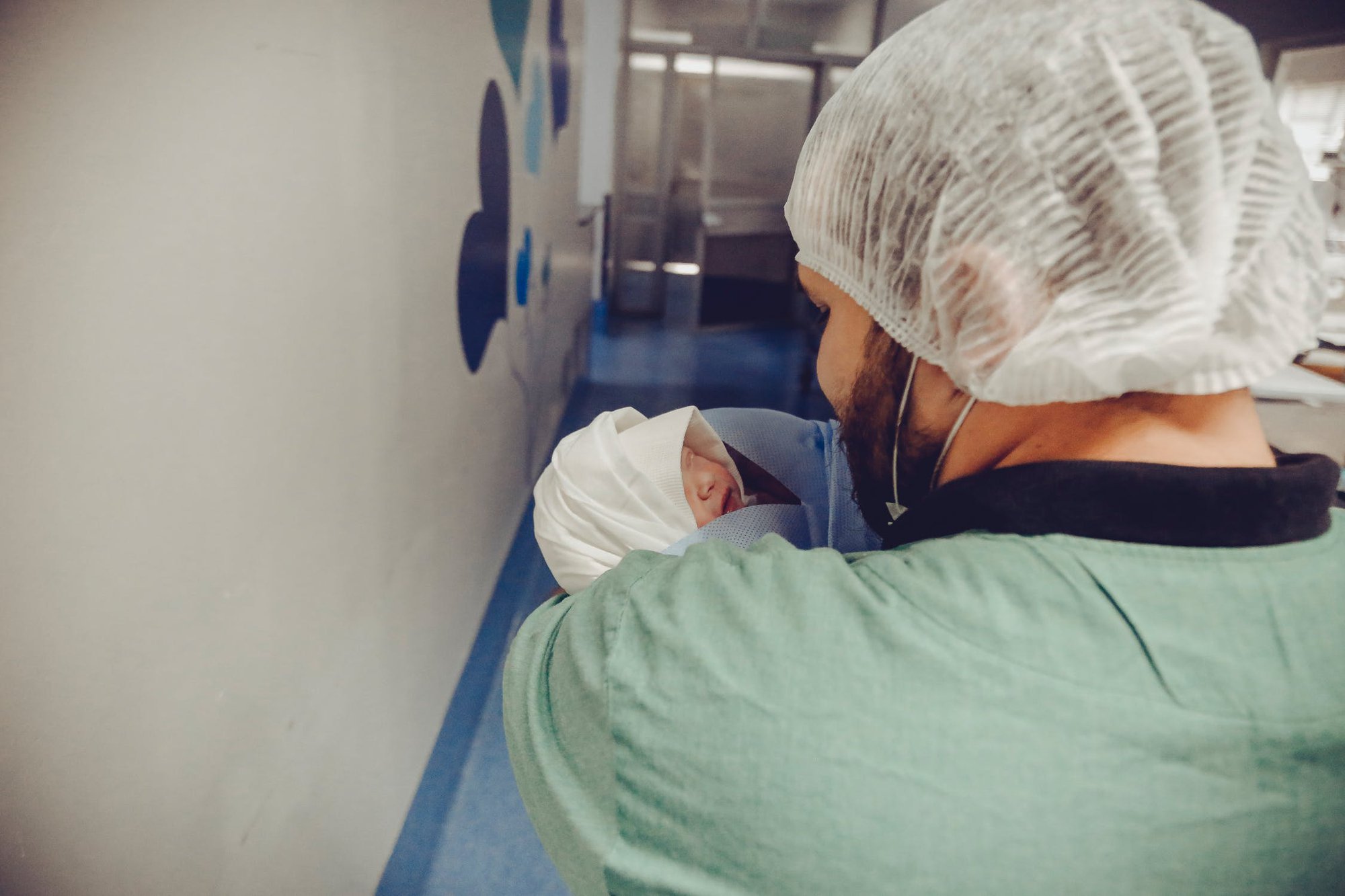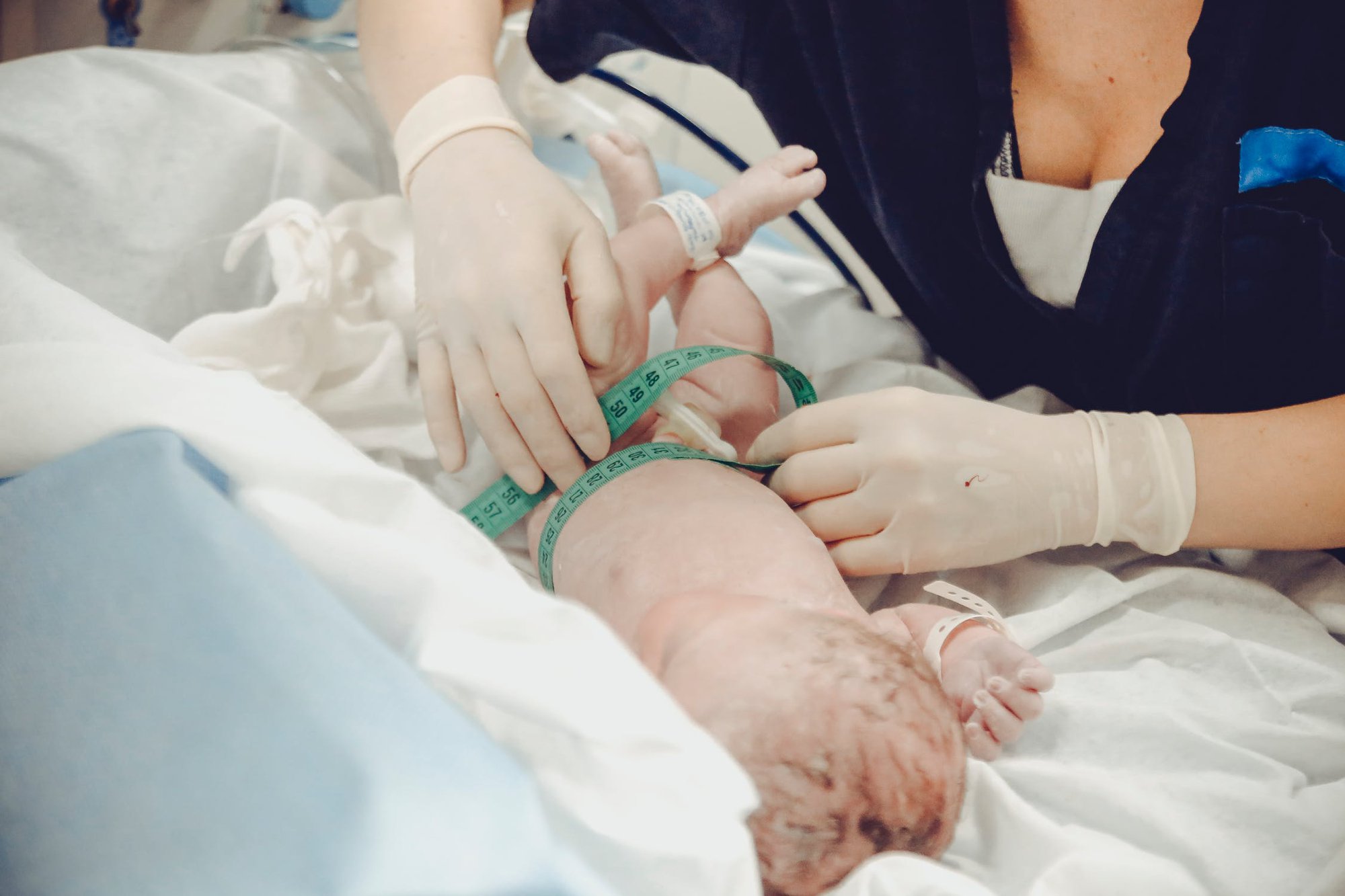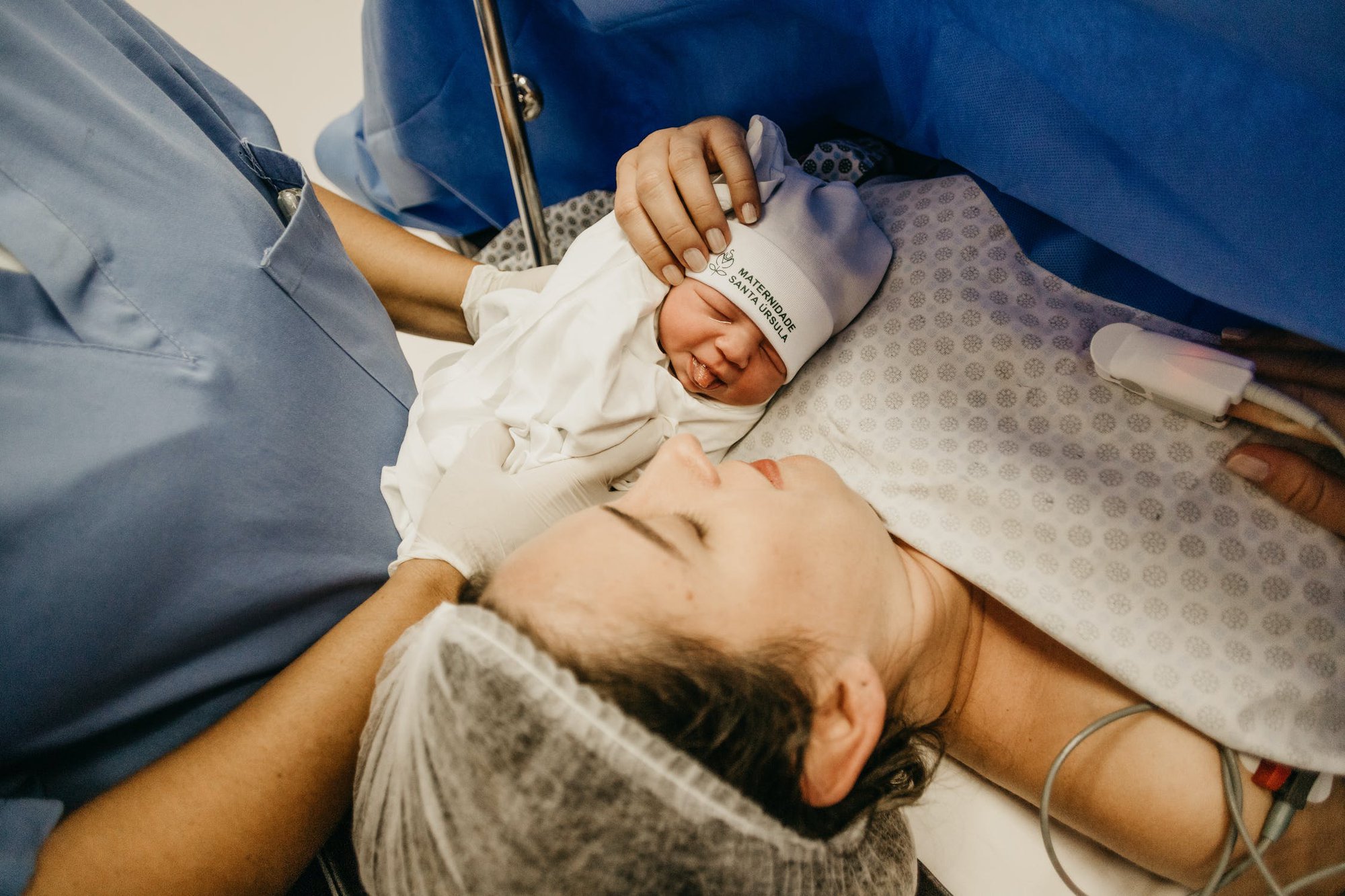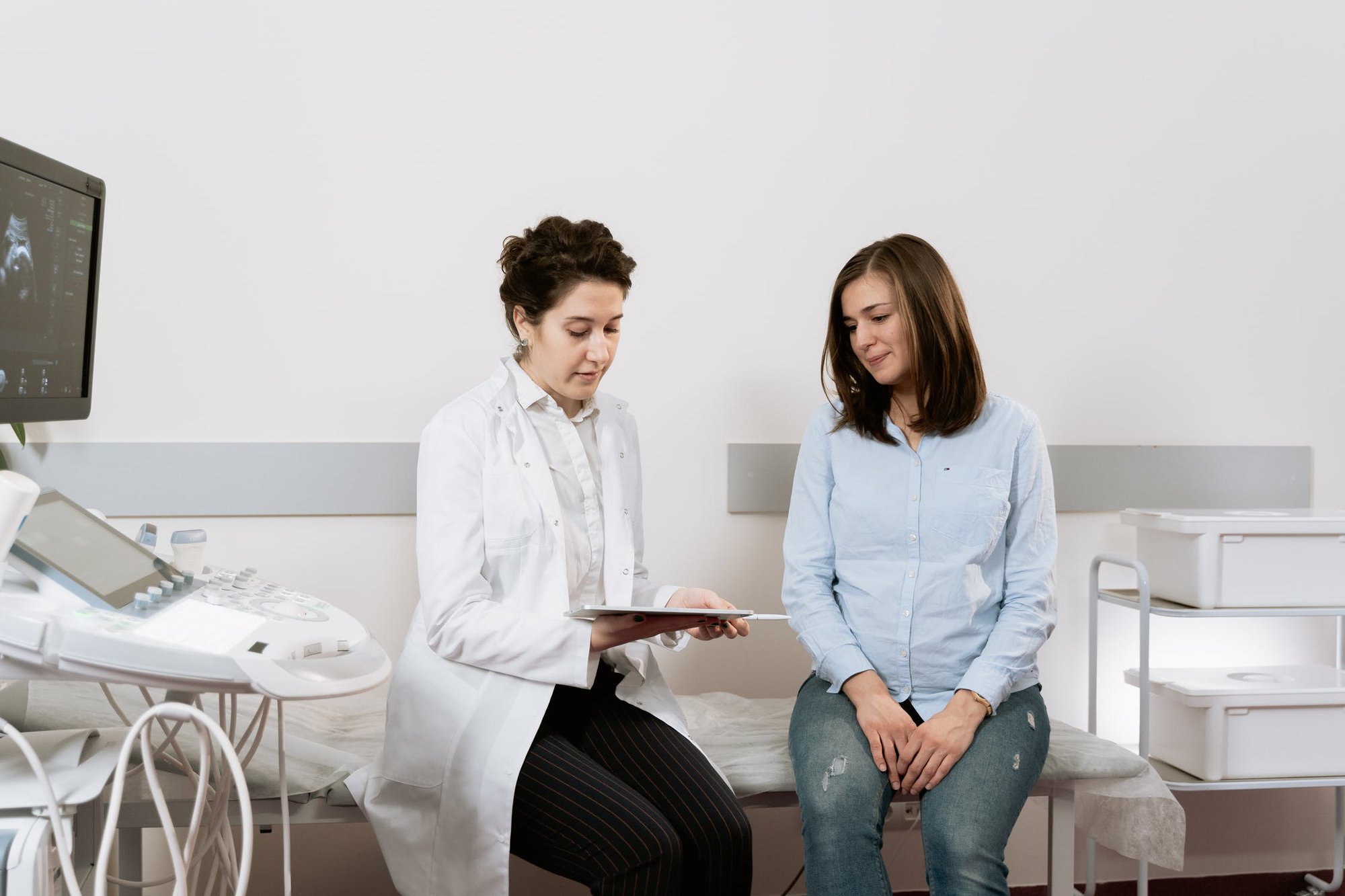How To Become a Labor and Delivery Nurse

While some aspiring nurses are still trying to decide what direction they want their career to
take, you already know what you want to do. Your calling is helping bring new life into the world. It’s to be there for mothers during the most pivotal event of their lives – childbirth. You’re never as motivated, inspired, and fulfilled as you are when working with babies.
There are lots of jobs for nurses who want to work with babies. Still, you already know that the best career path for you is to become a Labor and Delivery Registered Nurse. There’s only one question remaining. How to get there? What education requirements do you have to complete? What awaits you on the other side of nursing school?
In this guide, we’ll talk about job duties, salaries, and job prospects. However, our main goal is to walk you through all the steps of becoming a Labor and Delivery Nurse. You’ve decided you want to dedicate your work life to caring for newborns and their mothers. We’re here to help you get one step closer to that dream.
What Is a Labor and Delivery Nurse?
One of the most gratifying specialties, Labor and Delivery nursing, is a component of Obstetrics nursing. Labor and delivery nurses – sometimes called L&D nurses as a shorthand – are essential in the birthing process. They take care of expectant mothers from the moment they check into the hospital to give birth till after the baby is delivered. When the labor may encounter complications, L&D nurses help mothers every step of the way and monitor the mother’s and baby’s health at all times. Labor and Delivery Registered Nurses also assist the doctor with the delivery process. They display strength, calmness, and encouragement when the mother is going through the pain, exhilaration, or the trauma of childbirth.

What Does a Labor and Delivery Nurse Do?
While the overarching job description is pretty much evident from the very title of the position, L&D Nurses have a complex role that deals with all aspects of the labor and delivery process. Let’s get into the specific responsibilities and duties. What do Labor and Delivery nurses do on a daily basis?
Labor and Delivery Nurses generally work in the delivery ward of the hospital or birthing centers. Their tasks include:
- Monitoring the vital signs (heart rate, blood pressure, etc.) of both mother and baby.
- Providing general patient care to mothers from the moment they come into the facility
- Timing contractions
- Identifying and assisting with complications that may occur during labor
- Assisting doctors in the labor process
- Educating, supporting, and coaching mothers throughout the delivery process
- In the case of cesarean births, providing post-operative C-section care
- Assist mother and baby with the first breastfeeding interactions
- Providing nursing care after the birth of the infant

How Long Does It Take to Become a Labor and Delivery Nurse?
There isn’t one clear-cut way to becoming an L&D Nurse. Depending on their end goals, career ambitions, time restraints, and so on, there are multiple paths an aspiring nurse could take. For nurses taking the ADN path, the journey may take around two years. RNs who want to climb higher on the ladder of professional success should expect to spend more time studying. Getting a BSN degree and, further, getting certified in labor and delivery fields will put the length of your educational venture at around five or six years.
Steps to Become a Labor and Delivery Nurse
The time it will take to become a Labor and Delivery professional is dependent on some decisions you make along the way. Let’s explore more carefully the steps you need to take to get your dream job in that delivery ward:
Step 1: Become a Registered Nurse
The process of becoming a Labor and Delivery Nurse isn’t much different than other nursing specialties. The first condition you must fulfill is becoming a licensed Registered Nurse. There are three main ways of obtaining RN licensure: ADN programs, Diploma programs, and BSN programs.
An Associate’s Degree in Nursing is the fastest way to become a Registered Nurse. An ADN program takes around two years to complete, so it’s an excellent option for nurses who want to start working as soon as possible. Should you wish to advance your education at a later point in your career, it will be easier and faster for you due to bridge programs. You can enroll in an RN-to-BSN program and earn your Bachelor’s Degree at a future date.
Diploma programs are less common in recent years. They take around three years to complete.
The third educational route towards a career in nursing labor and delivery is obtaining your Bachelor’s Degree in Nursing. You will need around four years to complete a traditional BSN program. Although it takes longer, there are multiple benefits to pursuing this track. First of all, BSN degrees are largely recognized as the golden standard for nursing education. An overwhelming majority of healthcare employers prefer hiring BSN graduates. Also, BSN-trained nurses tend to be linked with better patient outcomes, which is a great motivator to pursue this degree.
Explore what other benefits come alongside the BSN qualification.
Step 2: Think about why you’re choosing this particular area of nursing
After you finish nursing school, you’ll have to decide what area of nursing is of particular interest to you, what specialty you wish to pursue professionally. The good news is you’ve already chosen. It’s Labor and Delivery. But why? What makes this field of work unique for you? What drives you to the idea of helping bring life into the world? You need to find the driving force behind your choice.
There are numerous reasons for that. First of all, when you start looking for jobs, one of the most common nursing interview questions that are bound to make an appearance is Why did you choose this specialty? In addition to wanting highly qualified professionals, what hiring managers are after are passionate RNs. Registered Nurses who love what they do will be better at their job and are less likely to quit early. They will generally be more interested in pursuing continuing education and growing as professionals. That’s why your future employers care about why you are passionate about labor and delivery.
Secondly, a moment in your nursing career may come when you feel like you hate being a nurse. You may feel burnout, overwhelmed, tired, or unsatisfied with your job. You simply feel like you cannot do it anymore. That’s when it’s of utmost importance for you to remember why you chose L&D in the first place. Looking back at your motivation will help you rediscover the passion that drove you to this specialty.

Step 3: Start working
You have finished a nursing program, passed the NCLEX with flying colors, you have found your motivation. The next step is to start putting the long hours of studying and training into practice: you need to find a job. Polish your nursing resume, apply to jobs that spike your interest and prepare to ace the subsequent nursing interviews. Soon, you’ll find a position and start your gratifying career as a Labor and Delivery Registered Nurse. The long hours, the sleepless nights, the tests, and the stresses of nursing school are behind you. Now, you start fulfilling your calling.
Step 4: Consider getting certified in your area of nursing
You may be done with nursing school, but as a nurse, you are never truly done learning. One great way to ensure you remain at the top of your game is to pursue certification in the area of nursing that is of particular interest to you.
Seeking specialty nursing certification is a voluntary process for RNs. Still, certification is seen as a badge of honor for RNs, validating their extensive knowledge, training, and expertise. There are many other benefits to becoming a Certified Nurse. You can explore them all in our article.
As with most RNs, Labor and Delivery Nurses aren’t required to obtain certificates to practice. But if you want to advance your skills and build an iron-clad reputation as an excellent nurse, then you should consider becoming certified. Some of the most common and valuable certifications for L&D Nurses are:
Inpatient Obstetric Nursing Certification. This credential is offered by the National Certification Corporation (NCC). It recognizes the RNs’ specialty knowledge in providing care to hospitalized pregnant women before, during, and immediately after labor and delivery. You need to have at least two years of hands-on work experience in your field before you can apply for this certification.
Electronic Fetal Monitoring Certification, another certificate that can be obtained through the NCC, can also be a solid addition to your L&D RN resume. It validates your capability to ensure the baby’s health and safety during labor and delivery through the usage of fetal monitoring technology.
Neonatal Resuscitation Certification is another great way to stay abreast of the latest changes in your field of practice. The Neonatal Resuscitation Program offered by the American Association of Pediatrics can help elevate your knowledge and skills in caring for a baby at birth up to the highest standards.
Many certifications will give your career in labor and delivery a boost. And you won’t be the only one who has to gain from it. Getting certified means you’re highly trained and equipped to handle every situation or complication that may arise on the job. And that’s an invaluable resource to patients and employers, as well.
Discover the top nursing certifications you should have in 2022.
Step 5: Join nursing associations that are relevant to your field
Nurses need other nurses. Having connections, friends, and mentors from the same sphere is a great way to keep learning and improving as a nurse. One way you can connect with people who share your interests is by joining professional associations. Some great options for Labor and Delivery Nurses include The Association of Women’s Health, Obstetric and Neonatal Nurses (AWHONN), The National Association of Neonatal Nurses (NANN), and even The American Nurses Association (ANA). Becoming a part of one of these organizations will advance your clinical skills, extend your professional network, and benefit future career prospects.
Labor and Delivery Nurse Salary Potential
According to ZipRecruiter, the average annual salary of Labor and Delivery Nurses is $99,040. The majority of Labor and Delivery Nurse wages generally range between $81,000 to $114,500. The size of your paycheck depends on a variety of factors. Location, employer, experience, academic qualifications, certifications – all can play a role in how much you earn as an L&D nurse. Additionally, as the population continues to grow, the job prospects for this career are expected to be excellent.
Ready to Start Your Journey?
Now that you are familiar with all the steps, you’re ready to embark on the journey of becoming a Labor and Delivery Nurse. And it’s a journey worth taking. Being an L&D RN is a gratifying career, with a lot of potential for growth, high salaries, and good benefits. At times, the road may be stressful, and you bear extensive responsibility in this nursing role. But in the end, you get the greatest joy of all: you help bring life into the world. You help mothers through some of the most significant moments in their life. You help families welcome their babies. What could be more fulfilling than that?
Enroll in our BSN program and get your career in Labor and Delivery Nursing started!
Are you already a Registered Nurse? Advance your L&D career with Nightingale College’s online RN-to-BSN Program.


